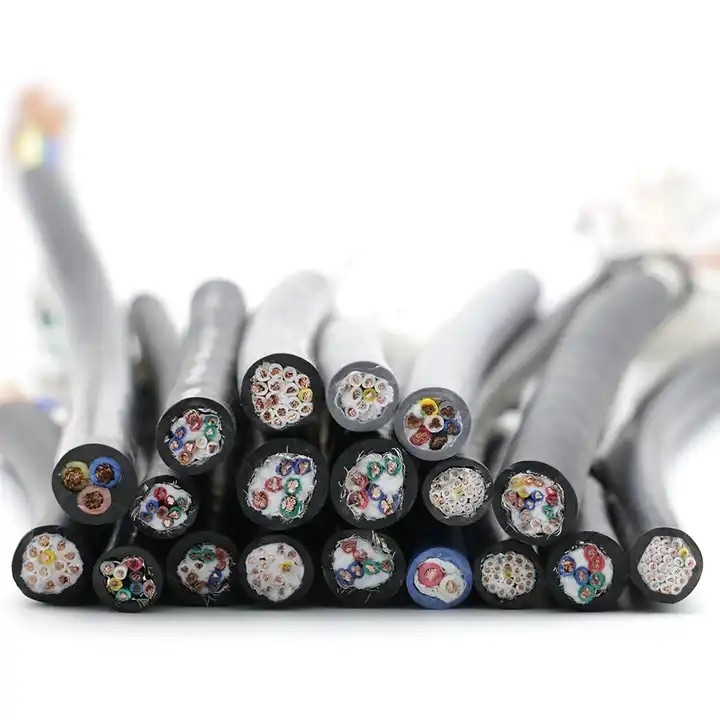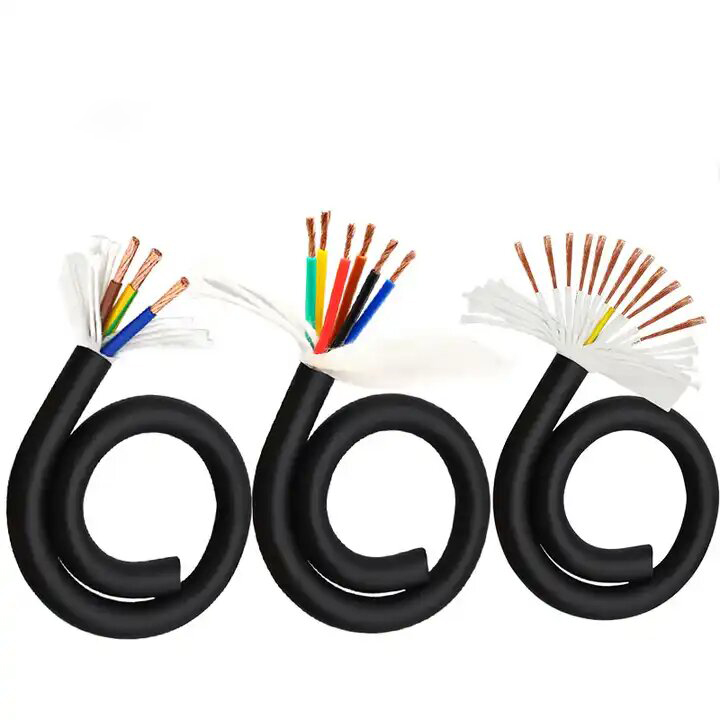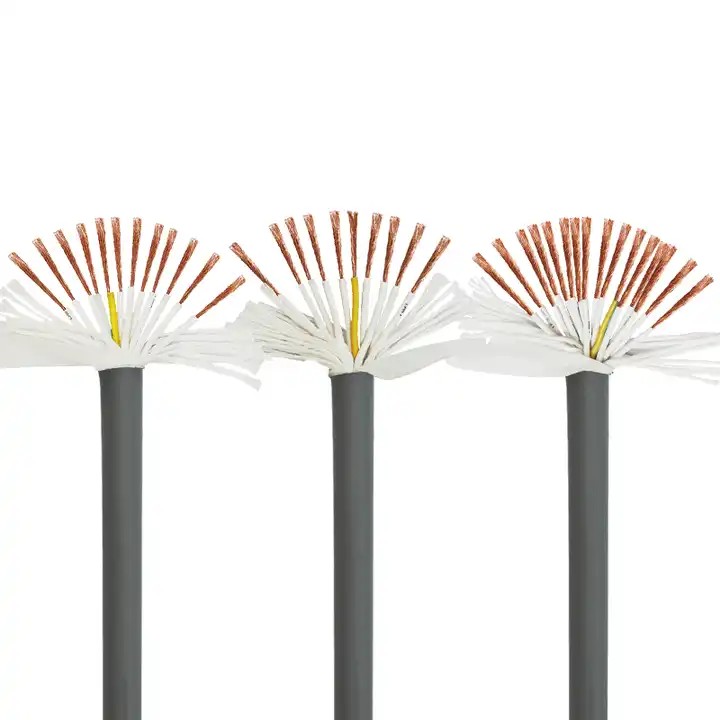Is twisted pair cable flexible?
Published:
2024-03-13 05:29:58
An in-depth analysis of the flexibility of twisted pair cables
The flexibility of twisted pair cables is a crucial factor to consider when choosing a suitable cable for various applications. Flexibility determines the ease of installation, the ability to maneuver in tight spaces, and the overall durability of the cable. In this article, we will delve into the characteristics of twisted pair cables to understand their flexibility and explore their applications in different scenarios.
1. Understanding twisted pair cables
Twisted pair cables consist of two insulated copper wires twisted together in a helical pattern. These wires are often color-coded for easy identification, with one wire carrying the signal and the other serving as the ground. The twisting of the wires helps to reduce electromagnetic interference, ensuring reliable transmission of data or signals.
2. The construction and composition of twisted pair cables
Twisted pair cables are typically made of copper conductors with an insulating material, such as polyethylene or PVC, protecting the wires. The number of twists per meter can vary, and the cables may also feature shielding layers to further enhance their performance in high-interference environments. The design and materials used in the construction play a significant role in determining the flexibility of the cable.
3. The flexibility advantages of twisted pair cables
Twisted pair cables are known for their flexibility, making them suitable for various applications. They can be easily bent and maneuvered, allowing for easy installation in tight spaces, such as conduits or cable trays. The pliable nature of twisted pair cables also reduces the risk of damage during installation or movement, ensuring long-term reliability.
4. Applications of flexible twisted pair cables
Flexible twisted pair cables find applications in a wide range of industries. They are commonly used in telecommunications for Ethernet networks, where their flexibility facilitates easy installation and maintenance. These cables are also widely employed in CCTV installations, home theater systems, and intercom systems, where the ability to navigate corners and tight spaces is essential.
5. The limitations of twisted pair cables' flexibility
While twisted pair cables offer significant flexibility, there are certain limitations to consider. Excessive bending or tight coiling can result in signal degradation or breakage of the conductors. Therefore, it is crucial to adhere to manufacturer guidelines regarding bending radius and installation practices to ensure optimal performance.
6. The future of twisted pair cables and flexibility
The ever-evolving technology landscape continually demands higher speeds and bandwidth. This has led to advancements in the design of twisted pair cables, resulting in more flexible variations, such as stranded cables. Stranded cables consist of multiple smaller-gauge wires that offer increased flexibility while maintaining signal integrity. As technology progresses, we can expect to see further developments in twisted pair cables to provide even greater flexibility and improved performance.
Conclusion
Twisted pair cables are indeed flexible and offer numerous advantages for various applications. Their pliability enables easy installation, maneuverability in tight spaces, and resistance to damage during movement. However, it is essential to consider the limitations and follow proper installation practices to ensure optimal performance. With continued advancements in technology, the future holds even more promising prospects for flexible twisted pair cables.













